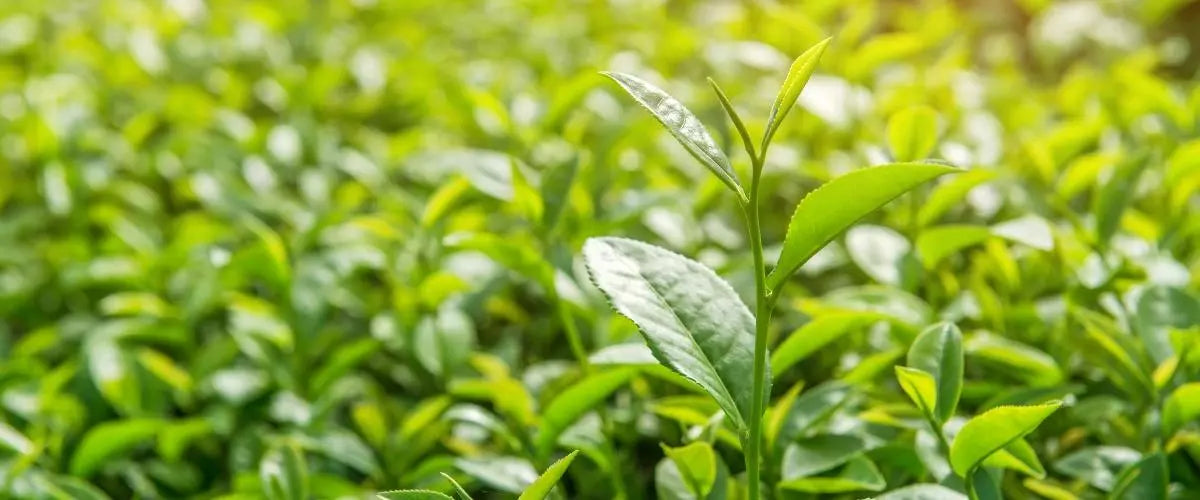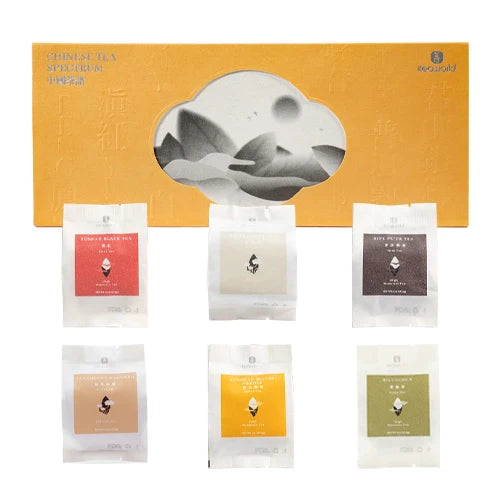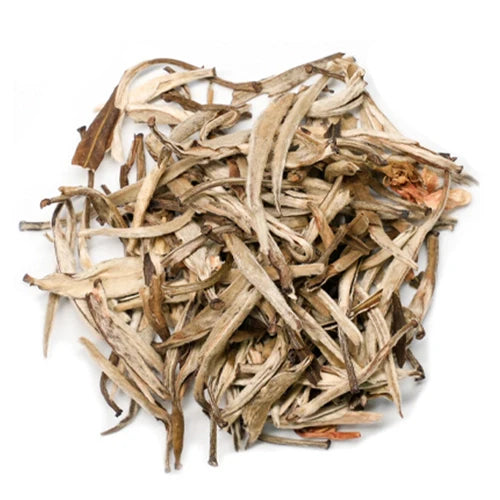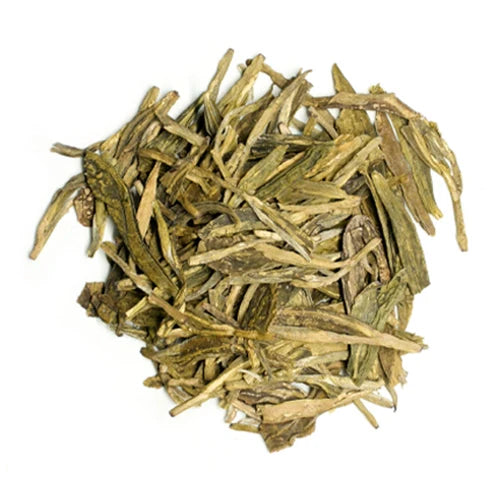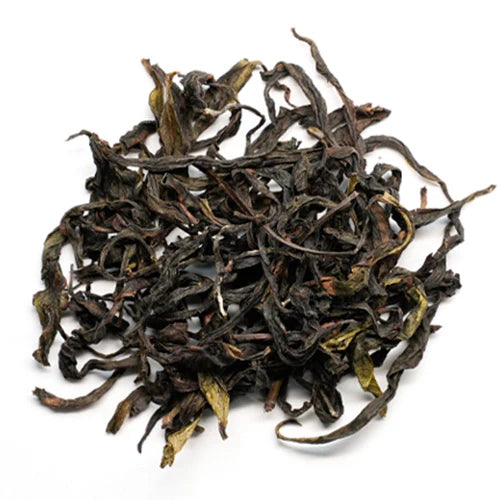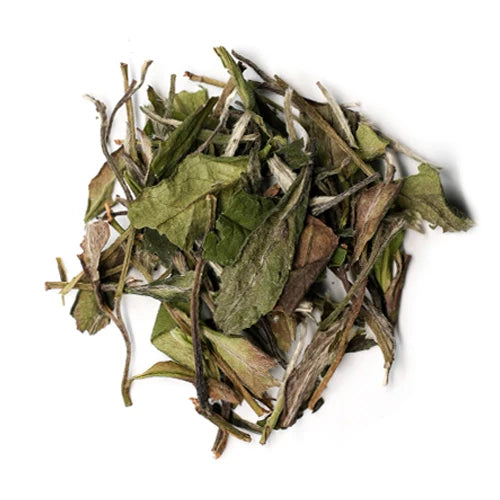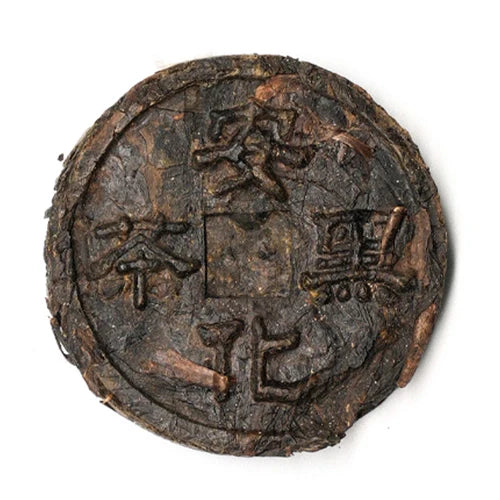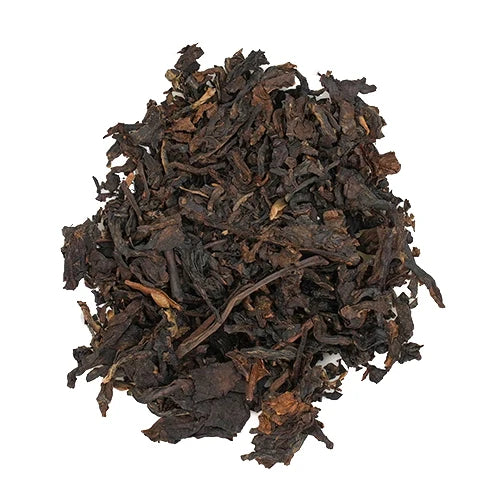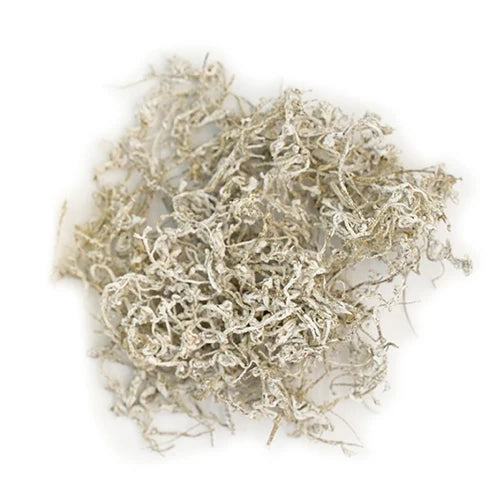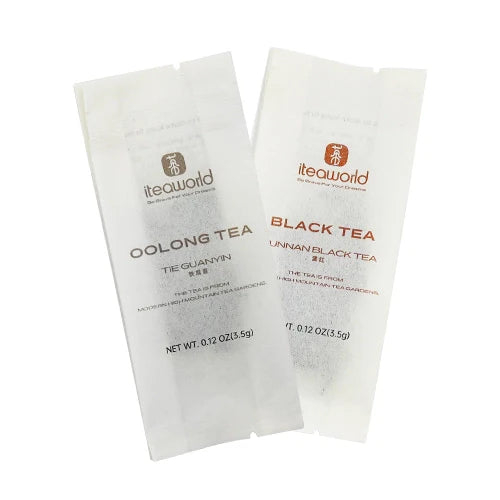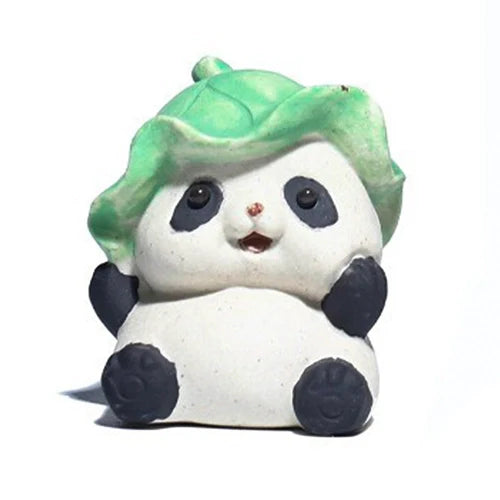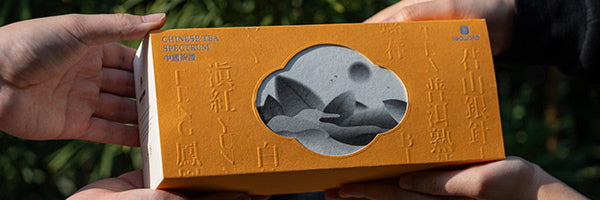Brewing tea isn’t just a routine—it’s a ritual. And when it comes to brewing loose-leaf Chinese tea the traditional way, few tools are as iconic and elegant as the gaiwan.
A gaiwan (盖碗), meaning “lidded bowl,” is a three-piece tea vessel consisting of a lid, a bowl, and a saucer. It has been used in China for centuries and remains a favorite among tea connoisseurs for its versatility and ability to reveal the full aroma and flavor of high-quality tea.

In this guide, you’ll learn:
-
What a gaiwan is and how it works
-
Why it’s the go-to for brewing oolong, green, white, and black teas
-
Step-by-step instructions on using a gaiwan
-
How to choose the right one (with expert tips)
-
The benefits of our Refined Bone China Gaiwan, crafted for both beauty and performance
What Is a Gaiwan and Why Use It?
The gaiwan is a simple yet brilliantly designed tool used to brew and enjoy tea. It symbolizes “heaven, earth, and human” in Chinese philosophy:
-
Lid = heaven (天), used to retain heat and aroma
-
Bowl = human (人), where tea is steeped
-
Saucer = earth (地), prevents burning and adds stability
Unlike teapots, the gaiwan gives you full control of steeping time, water temperature, and aroma release. It’s ideal for tasting multiple infusions and works well with all six major categories of Chinese tea—green, black, white, oolong, yellow, and dark (pu-erh).

How to Use a Gaiwan: Step-by-Step Guide
1. Preheat Your Gaiwan
Pour hot water into the gaiwan, swirl, and discard. This warms the vessel and awakens the aroma of the dry leaves.
2. Add the Right Amount of Tea
-
For oolong or dancong: 5–6 grams
-
For green or white tea: 3–4 grams
-
For black tea: 4–5 grams
Adjust based on the size of your gaiwan (standard 100–120ml is beginner-friendly).

3. Smell the Dry Leaves
Bring the warmed lid close to the tea leaves and inhale—the dry aroma gives you a preview of what’s to come.
4. Add Hot Water (Adjust by Tea Type)
-
Green/white: 75–85°C (167–185°F)
-
Oolong: 90–96°C (195–205°F)
-
Black: 95–100°C (203–212°F)
Pour water in a circular motion to cover all leaves.
5. Steep Briefly and Pour
First steep: 10–30 seconds, depending on the tea. Hold the lid slightly tilted to strain the tea while pouring into a fairness pitcher or directly into cups.
Repeat for multiple infusions—the gaiwan shines in short, repeat steeping!
Which Teas Are Best Brewed in a Gaiwan?
The gaiwan is incredibly versatile, but it truly shines with:
🌸 Aromatic Oolong Teas
Wuyi rock tea (e.g., Da Hong Pao, Rougui), Dancong, Tie Guan Yin — floral, fruity, and roasted profiles are preserved without interference.
🌿 Green & White Teas
Delicate teas like Longjing or Silver Needle benefit from fast heat dissipation and neutral surfaces, avoiding bitterness.
🍯 Sweet Black Teas
Jin Jun Mei or Dianhong come alive with fuller aromas and vibrant golden hues, especially when brewed in a white-glazed gaiwan.
⚠️ Caffeine-sensitive? Choose heavily roasted oolongs (like Wuyi rock tea or aged oolong) for a smoother, mellow cup with less caffeine punch.
Why Bone China Gaiwan Is Ideal for Aroma-Lovers
Our Refined 110ml Bone China Gaiwan, handcrafted in Chaozhou, Guangdong, offers both form and function:
-
Ultra-smooth, non-porous glaze preserves the original aroma—no flavor absorption
-
Thin body (1.5–2.5mm) allows quick heat release—ideal for green, white, and floral oolongs
-
Translucent elegance with a bell-like sound when tapped
-
Comfortable to hold—wide-rimmed bowl stays cool at the edges for burn-free pouring
-
Perfect pour—flared lip allows smooth, spill-free tea flow
Whether you’re sipping Tie Guan Yin in the afternoon or exploring the floral depth of Dancong, this gaiwan enhances the experience.
New to Gaiwan Brewing? Here’s What We Recommend:
✅ Start with 100–150ml white porcelain or bone china gaiwan—classic, versatile, and easy to handle
✅ Choose a multi-flavor tea sampler (green, oolong, black) to explore what suits your taste
✅ Watch how the leaves unfurl and how aroma evolves—tea brewing becomes both sensory and meditative

Conclusion: Mastering the Gaiwan, One Steep at a Time
Learning to use a gaiwan is like learning a quiet art—simple in appearance, deep in experience. Once you’ve brewed a few infusions and felt the rhythm of pouring and sipping, you’ll never look at tea the same way again.
Whether you’re chasing floral oolongs, soft green teas, or just a better brew, the gaiwan invites you to slow down, savor, and connect—with the tea, the moment, and yourself.





